Levels Of Bleached Hair And How To Go From Dark To Light
Understand the transitions between the various levels to meet your hair bleaching goals.
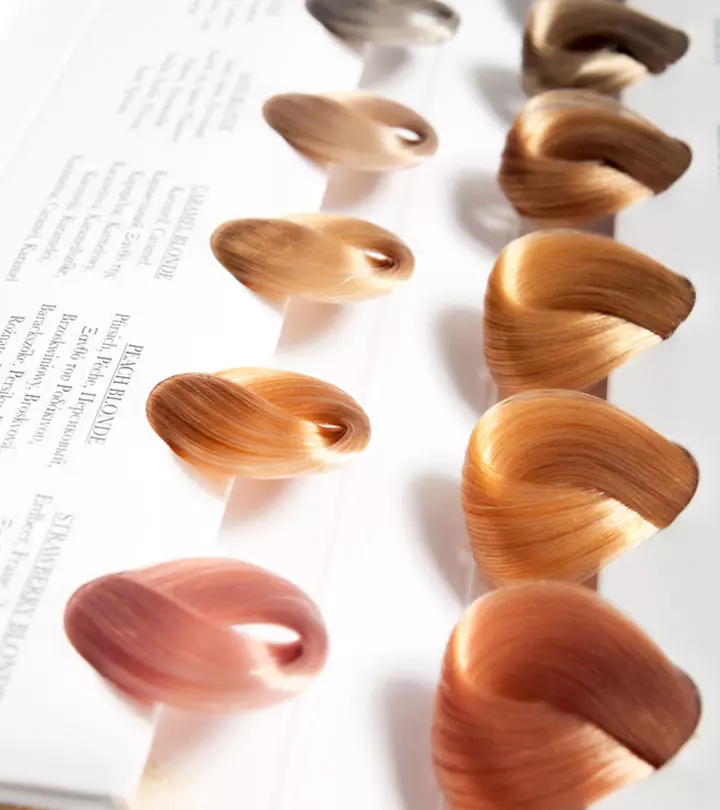
Image: Shutterstock
Bleaching your hair for the first time? Well, before proceeding, you must have an idea about the levels of bleached hair. The different levels of bleaching refer to the different stages of the lightness and darkness of your natural hair color. But how damaging is bleaching your hair? As per popular hairstylists, if you are one with dark hair, bleaching your hair completely in a day may cause irreversible damage and cause hair shedding. There are 10 levels of bleaching and these help in depositing hair color gradually.
Want to know more about these levels and how to get a bleach blonde look without damaging your hair? Continue reading further to know more.
In This Article
10 Levels Of Bleached Hair – What Does This Mean?
There are 10 bleach levels to lighten dark hair. It can even go to 12 levels, depending on your preference to go lighter.
In most cases, these levels are determined by the natural hair pigment. Dark hair (jet black and deep brown) has a high amount of melanin (the pigment that gives your hair its natural color) compared to lighter hair (auburn, light brown, yellow, and blonde).
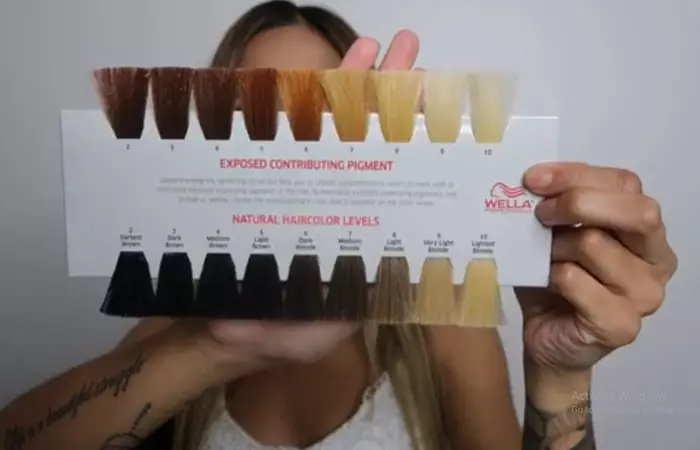
Take a look at the above hair chart. The lower tufts of hair show natural hair colors. The upper hair tufts represent one level up of bleached hair. The darkest shade of natural hair color in this chart is termed “2” and the lightest shade “10.”
Now, if your hair is a “2” and you bleach it one level up, you will get the 3rd hair color tuft in the upper segment of the chart. Similarly, if you bleach four levels up, the result is represented by the 6th hair tuft in the upper segment.
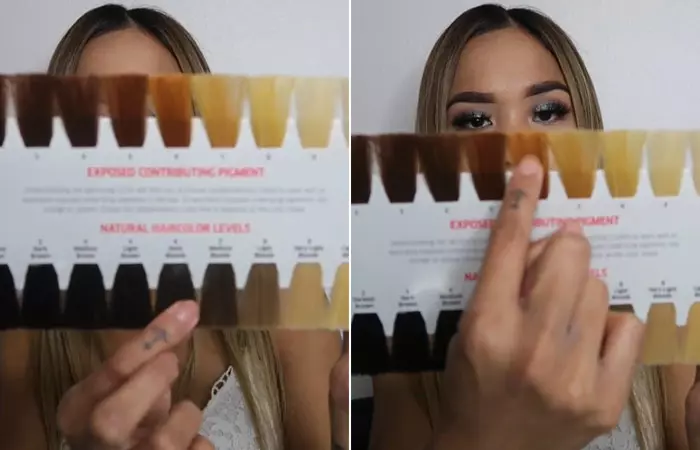
Once you reach this bleach level, you can get to the 10th level of bleach. All you have to do is lift your hair four levels up in another session.
Now, these are the 10 levels of bleached hair. But unless you know what your natural hair color is, you cannot decide how many levels up you must bleach your hair to achieve the desired result. Scroll down to figure that out easily.
Key Takeaways
- Bleaching your hair helps lighten your natural hair color and is best done with levels of progression.
- Knowing your natural hair shade level and how many sessions are needed to reach your desired shade is important for planning the bleaching sessions.
- Your natural hair color, hair porosity, and the duration of application affect the bleaching level.
- Going four levels up in one session, with a gap of 2-3 weeks between sessions, can help maintain the health of your hair.
What’s Your Natural Hair Level?
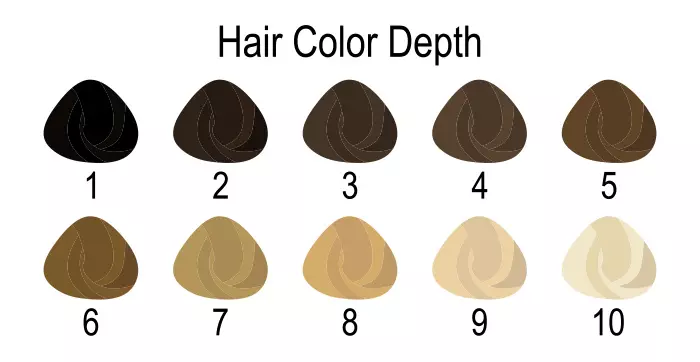
To know the level of your natural hair pigmentation, place a hair color depth chart close to your strands. If your hair is colored, compare the chart with the hair near your scalp.
This is the easiest way to identify your natural hair color level. It also helps you know how many levels up you should bleach to get the desired hair color.
Many of you may want to go from dark to very light in one session. But should you do that? Find out the answer in the next section.
How Many Sessions Does It Take To Get The Desired Bleach Level?
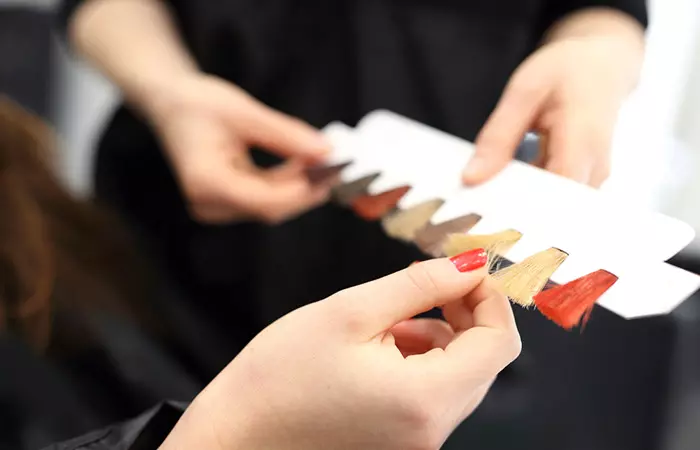
The sessions depend on how light you want to go and how dark your hair is. It is recommended to go not more than four levels up in one session. After two or three weeks, you can go four more levels up to get the lighter hair shade of your choice.
Going drastically from dark to lightest can fry your hair and make it dry, brittle, and weak. Taking a chance with bleach at the cost of losing your hair is not worth it.
 Quick Tip
Quick TipThe other reason professionals recommend bleaching your hair in multiple sessions is that there are factors that decide how light you can go in one session. What are those factors? Scroll down to know about them.
What Factors Affect Bleaching Levels?
- Natural Hair Color: Bleaching black hair or any other dark color hair, you need to have more sessions to lighten it because it takes more time to lift.
- Hair Porosity: High-porosity hair tends to bleach fast. However, this type of hair is more prone to damage. Therefore, it is better to bleach your hair in several sessions if you want a blonde look.
- Product Strength: Depending on the strength of the bleaching agents, you may need two to four sessions to attain the desired levels of lift. However, it is best to use products that are not very strong.
- Duration Of Application: Leaving the product on your hair for a longer duration will produce a lighter color. However, let your hairstylist decide how long to leave bleach in your hair to achieve the best results. An unnecessarily long bleaching process can fry the hair cuticle and cause hair loss.
Developer strength in hair coloring is crucial in determining the degree of lift and color change. Let’s take a look in the next section!
Developer Strength
- Volume 10 (3% hydrogen peroxide) is the gentlest option and is ideal for deposit-only color. It adds shine, blends grays but doesn’t drastically lighten the hair.
- Volume 20 (6% hydrogen peroxide) provides more lift and is suitable for lightening up to two levels. It’s commonly used for gray coverage and to achieve natural shades.
- Volume 30 (9% hydrogen peroxide) offers substantial lightening, lifting up to three levels. It’s best for dark hair or when you aim for more noticeable color changes.
- Volume 40 (12% hydrogen peroxide) is the strongest option, lifting up to four levels. It’s suitable for dramatic color changes but should be used with caution due to the risk of potential hair damage. Always follow professional guidelines for the safest results.
Selecting the correct developer strength is key to achieving your desired hair color while reducing damage. A professional hair stylist can recommend the right volume based on your hair type and the level of lightness you want. But always remember to prioritize hair health over extreme transformations. Now let us look at a few bleached hair results below.
Bleached Hair Before And After Results
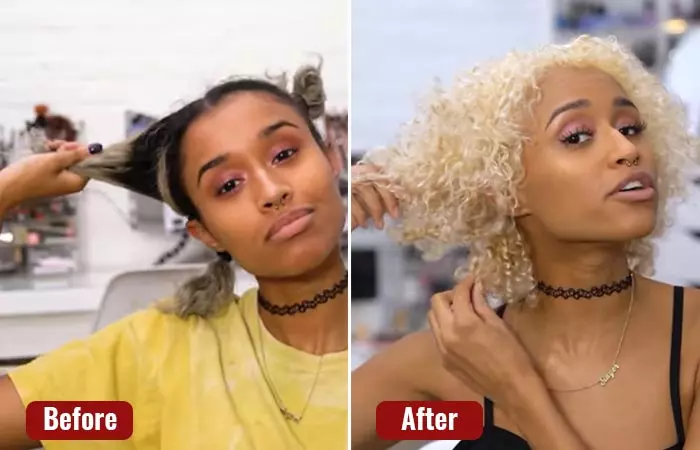
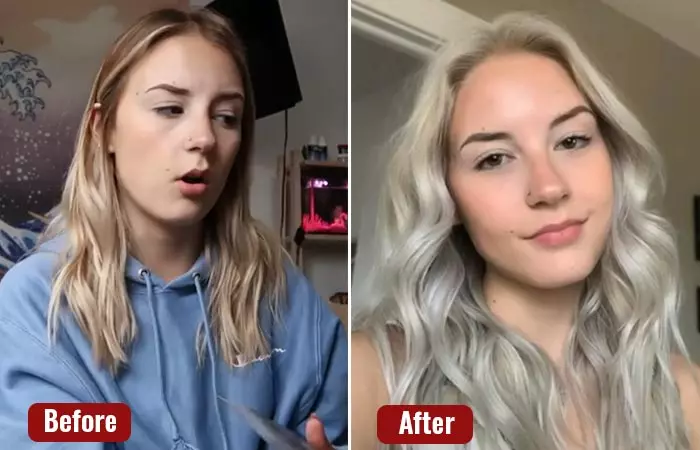
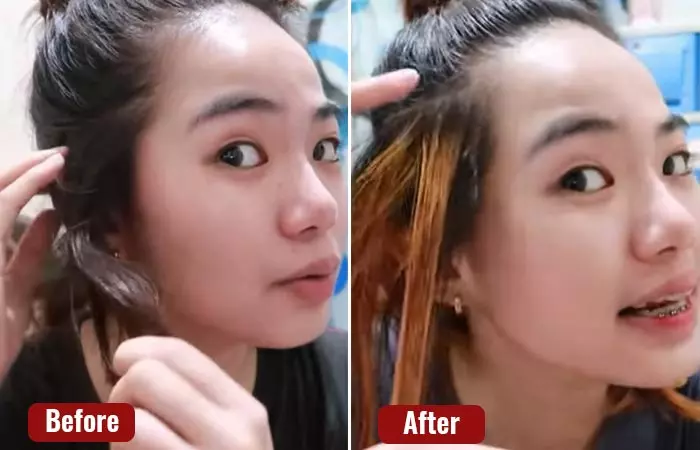
These pictures show how bleaching different hair types and textures can result in different colors and tones. A study shows how excessive bleaching damages hair compared to untreated hair. In normal hair, the outer cuticle is smooth and intact, while in bleached hair, it becomes brittle, torn, and rough, with cracks exposing the inner cortex. Bleaching also removes melanin (hair pigment), leaving pores in the cortex, though its structure remains intact. The cuticle detaches from the cortex, significantly weakening the hair (1).
If you want to bleach your hair properly, you must know about toning bleached hair. Without it, your hair can look brassy and not reach the color that you want. Here’s everything you should know about toning and how to do it.
What Is Toning Bleached Hair And How To Do It?
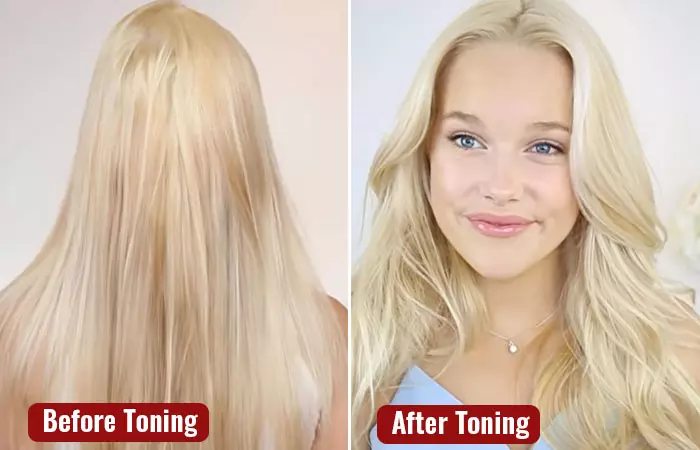
Toning bleached hair refers to applying a solution to the hair after bleaching for neutralizing any orange tinge, brassy tones, or yellow pigments. It helps you achieve true-to-color results, be it pastel, ash blonde, or platinum blonde. Toner has a purple or blue tint, which makes your hair look naturally blonde.
But how do you tone your hair? Check out this short tutorial.
Learn how to bleach out your hair and roots to a level 10 blonde! Watch this video for some easy to follow steps to achieve the perfect bleach blonde look.
Harnessingmymind, a blogger, spoke about the process of toning her bleached hair in her personal blog. She said, “ I let mine process for 10 minutes. As soon as it starts to oxidize and look blue/gray, wash it out (i).”
Bleaching and toning are a part of the hair lightening process, and both use chemicals on your hair. Chemically treated hair might become weak and brittle, leading to excessive hair shedding. Therefore, it is important to take care of your bleached hair to keep it beautiful and healthy. Scroll down for a few tips.
Precautions To Protect Bleached Hair
- Don’t Wash Your Hair Frequently: This will strip the natural moisture of your hair. It also raises the risk of color fading and the need to bleach your hair soon.
- Use A Purple Shampoo: Purple shampoos are great for keeping bleached hair true to its color.
- Trim Your Hair: Get your hair trimmed every three months to get rid of rough ends and split ends. It will also make your hair grow faster without looking unhealthy and unkempt.
- Minimize The Use Of Heat Tools: Heat styling tools, such as blow dryers, straightening irons, and curlers, can further damage your bleached hair. Always apply a heat protectant before using a heat styling tool. Use the tool on the coolest setting.
- Apply A Hair Mask: Apply a deeply nourishing hair mask once a week. You can also use warm coconut oil or olive oil, mashed avocado, or egg white. Apply any of these ingredients to your hair and wait for 30-40 minutes. Wash your hair with a purple shampoo. Follow up with a conditioner and serum.
For bleached hair, it is important to tailor your routine to your hair type. Fine hair benefits from lightweight, volumizing products, while thick or coarse hair needs rich moisturizers. Dry or damaged hair requires deep conditioning treatments, and curly hair thrives with curl-enhancing sulfate-free products. Always protect your hair from heat by reducing exposure or by using heat-protectant formulas. Minimize washing to maintain its health and color. These suggestions are based on anecdotal experiences and general haircare practices. Consult a professional hairstylist to know more if you are unsure or have specific concerns about your hair.
 Quick Tip
Quick TipInfographic: Tips To Keep In Mind When Bleaching Your Hair
Bleaching your hair is a great way to switch your look effortlessly. However, bleaching can affect your hair, so you must understand the different levels of bleaching and their impact. Additionally, we have compiled a list of tips you should know about when bleaching your hair. Check out the infographic below to learn more. Illustration: StyleCraze Design Team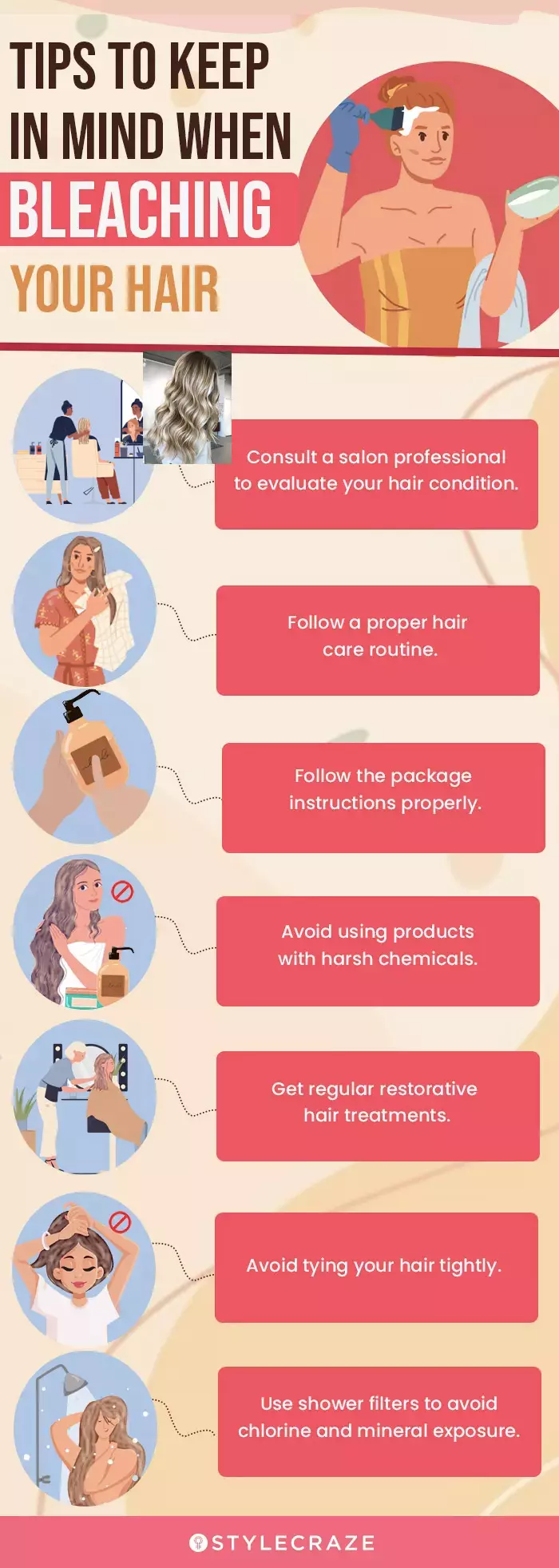
The darker your hair, the greater the levels of bleach you will require to lighten it. So, how many levels of bleached hair you need depends on your current hair color and the desired shade. If you have very dark hair, you can bleach your hair up to 10 levels. These levels also depend on your hair porosity, product strength, etc. Similarly, the number of levels can come down if you have lighter hair. The key here is to go not more than four levels up in one session and give 2-3 weeks’ time until the next session. Putting your hair through extreme bleaching in a single session can drastically damage your tresses and make them weak, dry, and brittle. So, act wisely.
Frequently Asked Questions
Does bleach or hair color damage hair forever?
Yes. Hair experts and professionals admit that bleaching can permanently damage your hair’s natural texture and integrity.
How many bleaches does it take to go from black to blonde?
It depends on the blonde shade you want. You may require between two to seven sessions to go from black to dark and light blonde.
How long should I wait to bleach my hair again?
You should keep a gap of at least four to six weeks between two bleaching sessions.
How can I keep my bleached hair healthy after coloring?
Use sulfate-free shampoos and deep-condition regularly to maintain your bleached hair’s health. Further, avoid excessive heat styling, and apply leave-in treatments or hair oils to restore moisture and prevent breakage.
Illustration: Bleach Levels Of The Hair 101: From Dark To Light
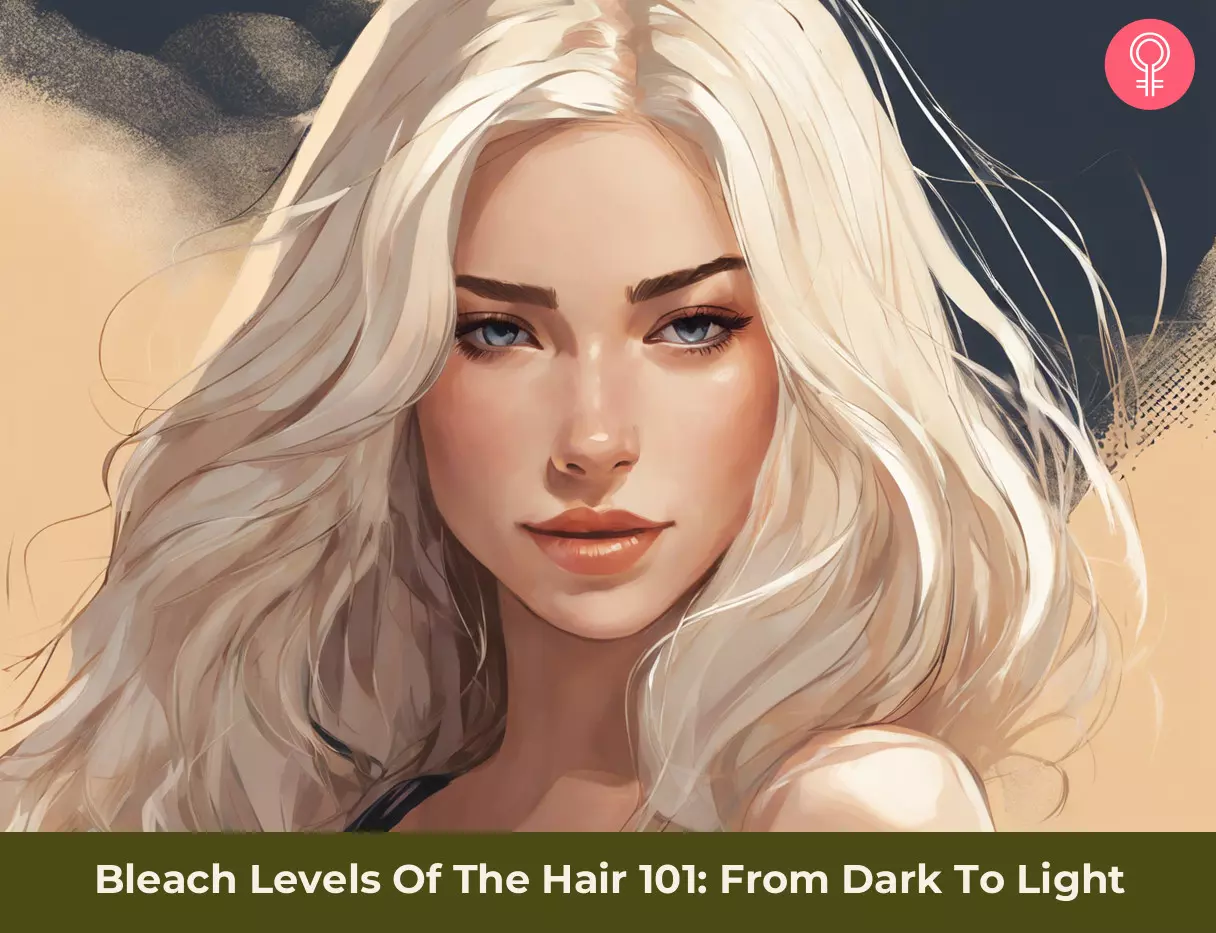
Image: Stable Diffusion/StyleCraze Design Team
Personal Experience: Source
StyleCraze's articles are interwoven with authentic personal narratives that provide depth and resonance to our content. Below are the sources of the personal accounts referenced in this article.
i. Toning yellow-bleached hairhttps://harnessingmymind.wordpress.com/2016/03/24/toning-yellow-bleached-hair/
References
Articles on StyleCraze are backed by verified information from peer-reviewed and academic research papers, reputed organizations, research institutions, and medical associations to ensure accuracy and relevance. Read our editorial policy to learn more.
- Effects of excessive bleaching on hair: comparative analysis of external morphology and internal microstructure
https://pubmed.ncbi.nlm.nih.gov/39688633/
Read full bio of Ghanima Abdullah
Read full bio of Arshiya Syeda
Read full bio of Ramona Sinha
Read full bio of Medha Deb







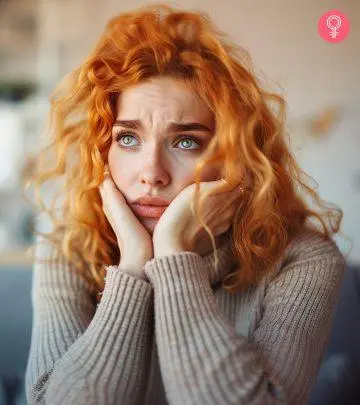
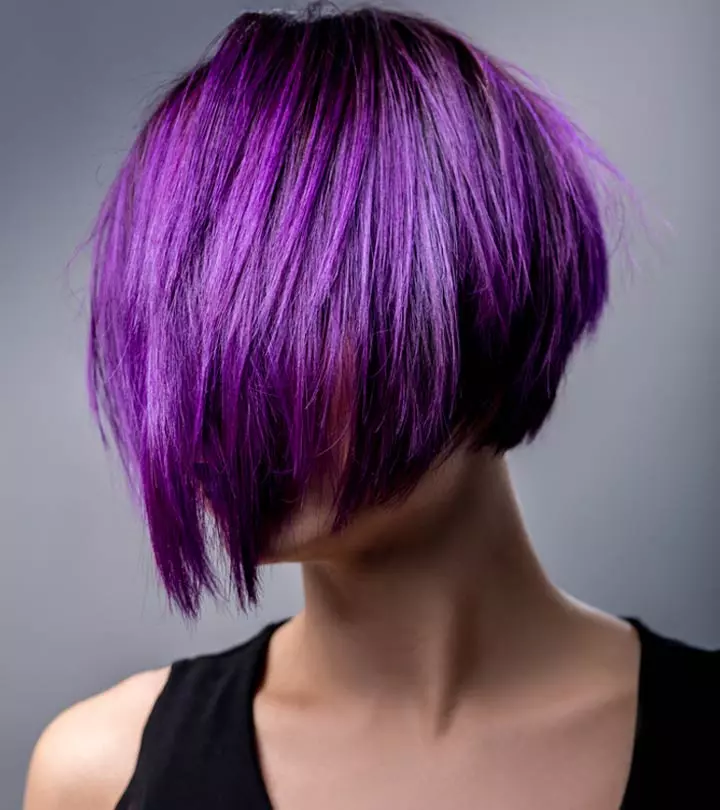
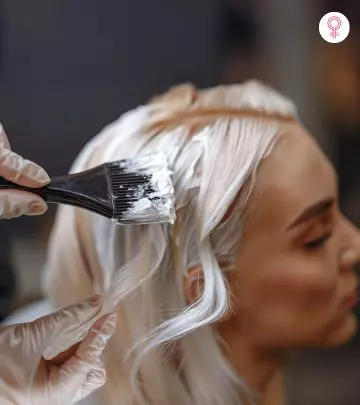

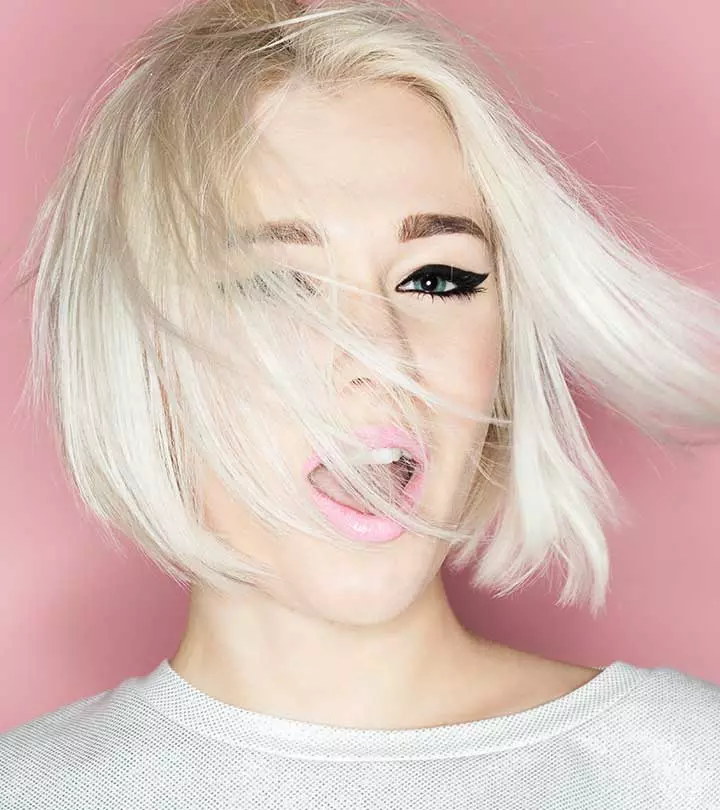
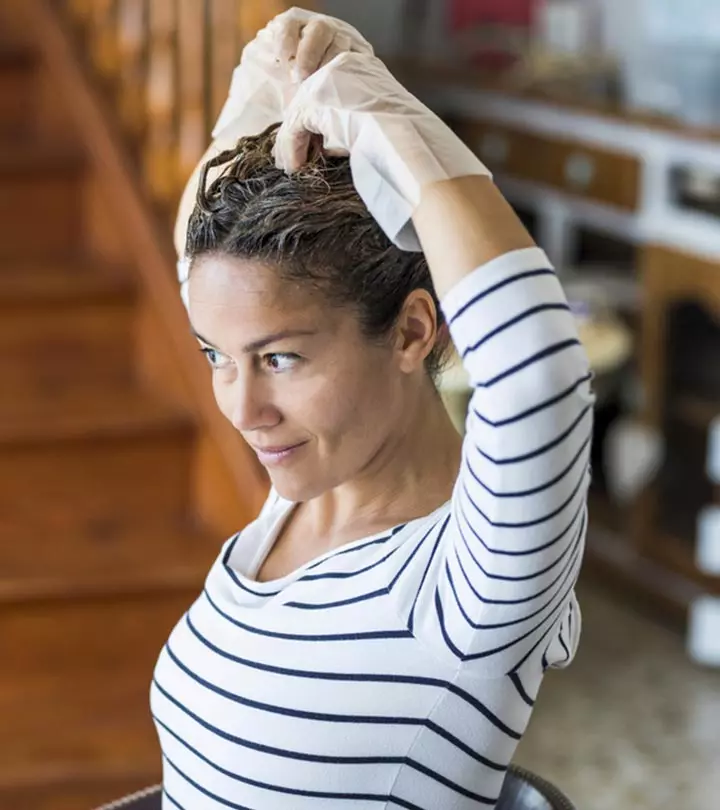
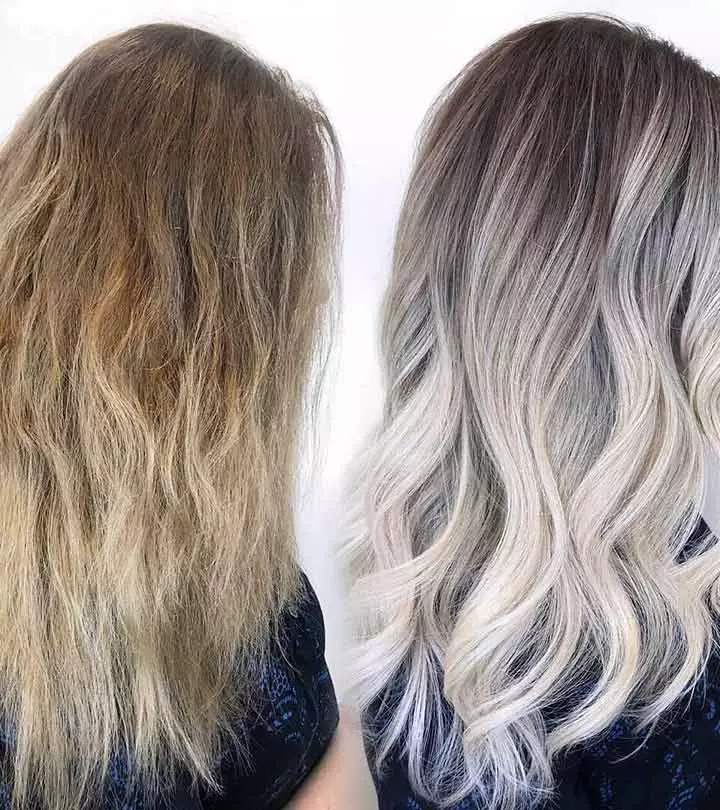
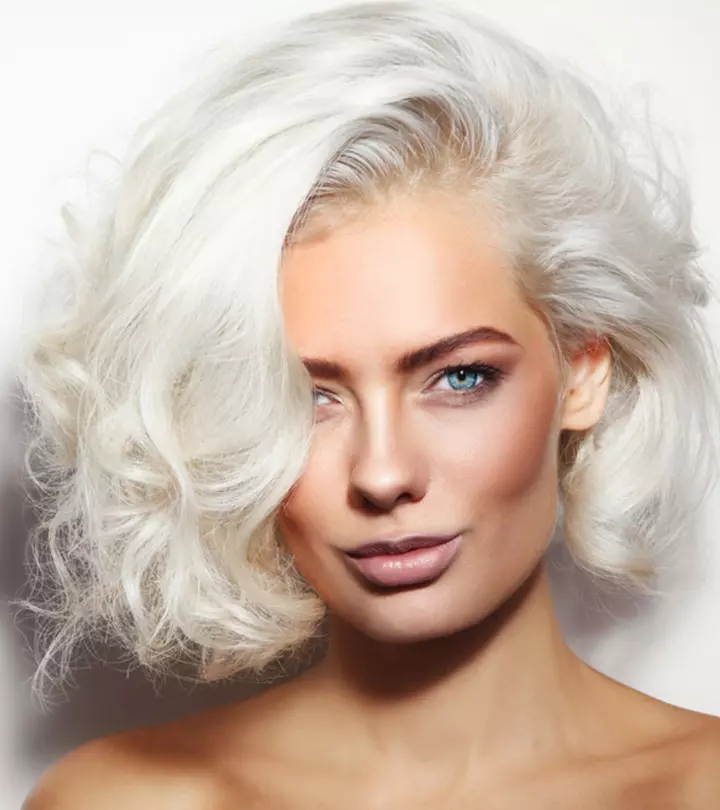
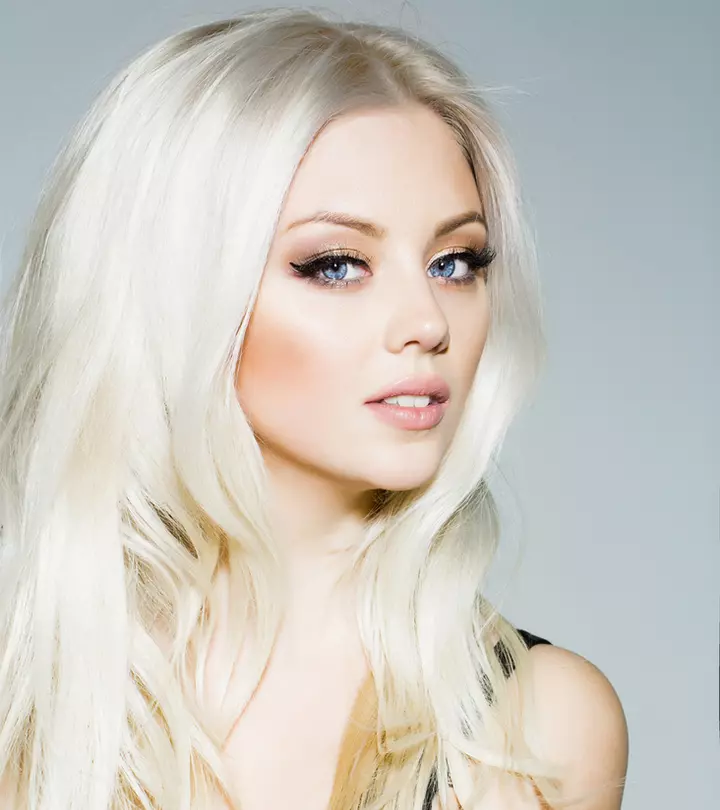
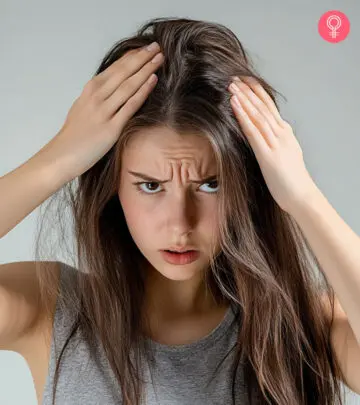
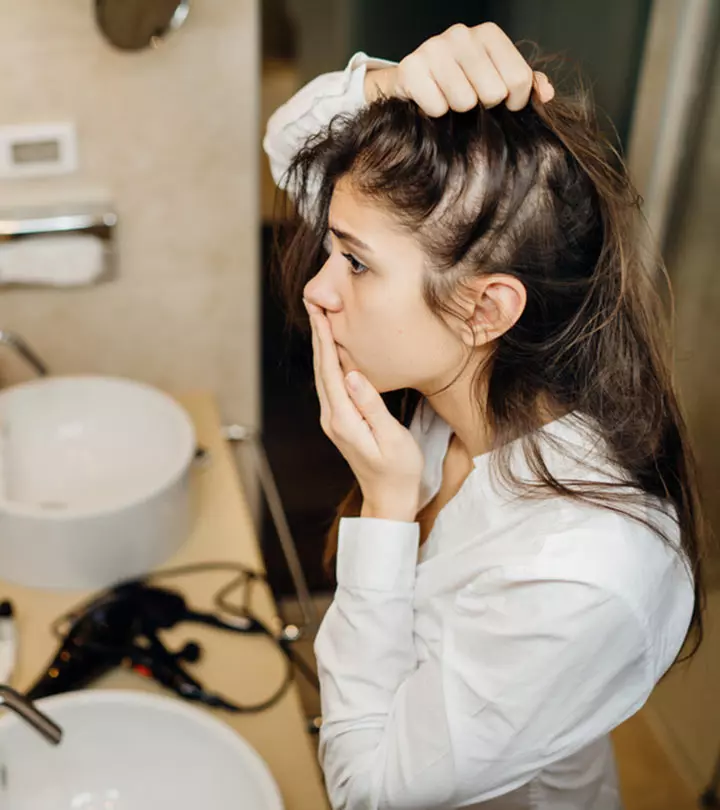
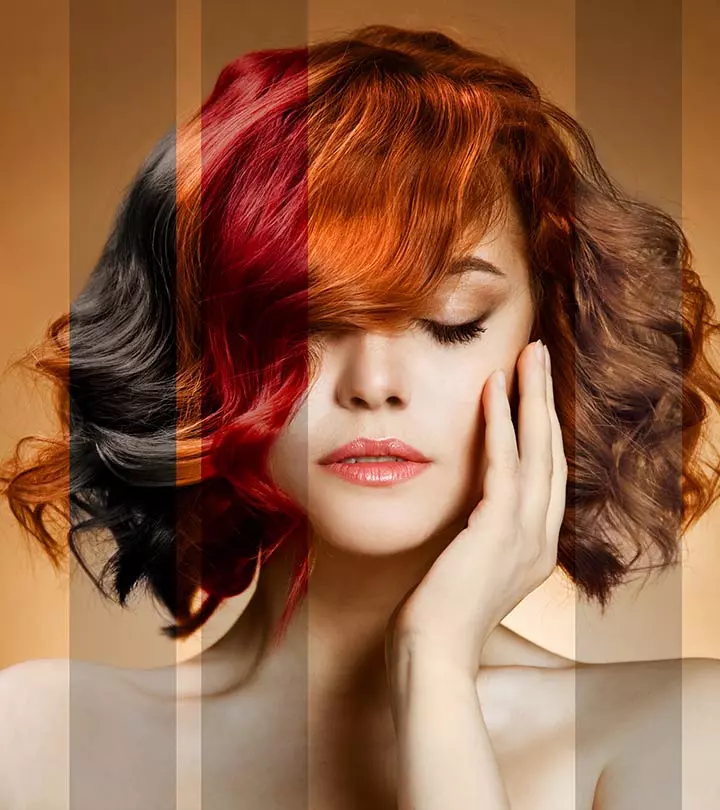
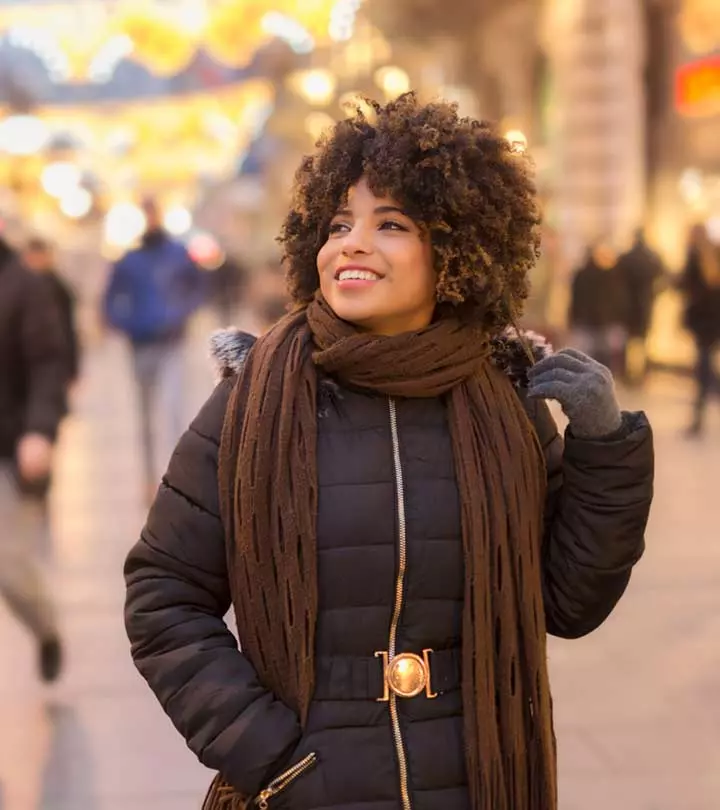
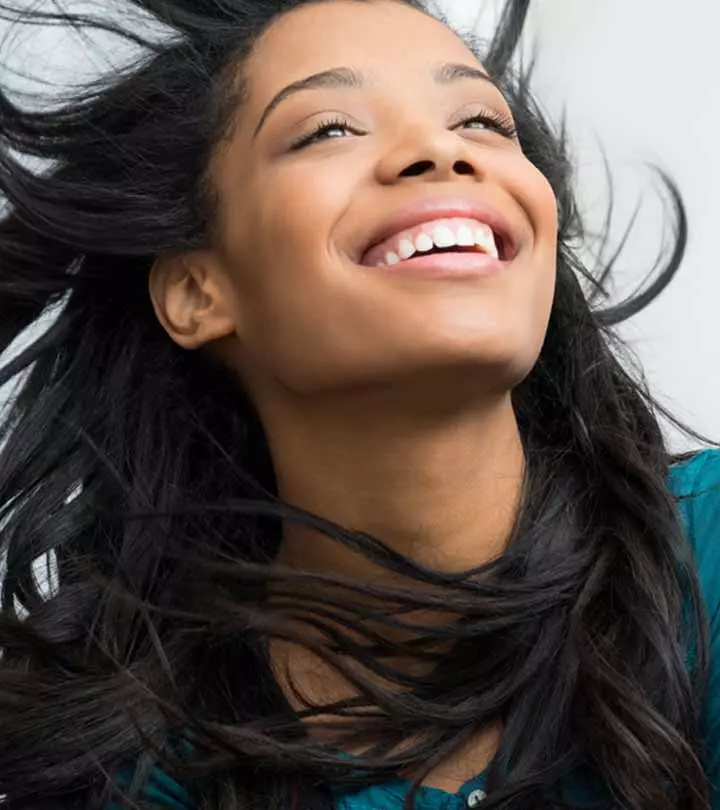
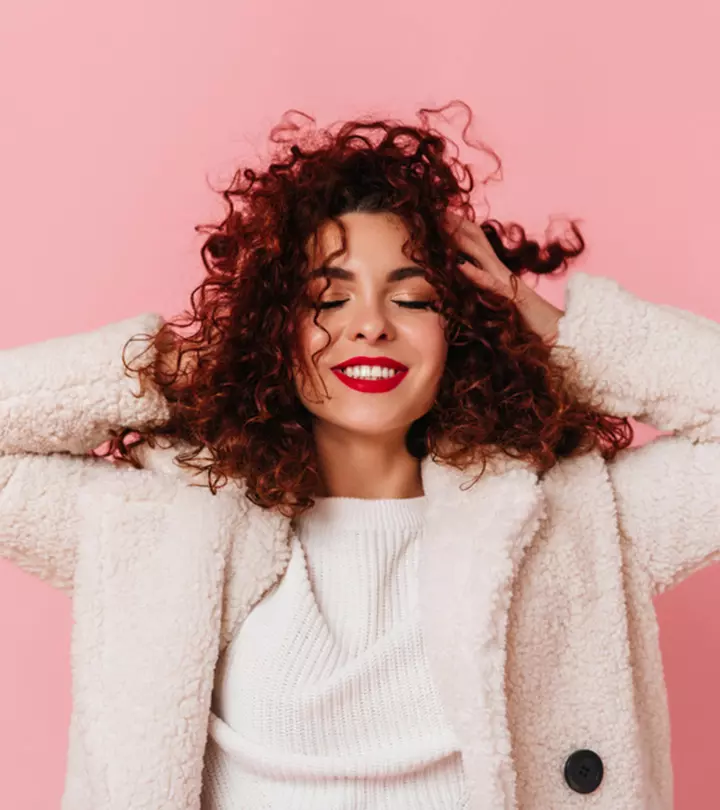
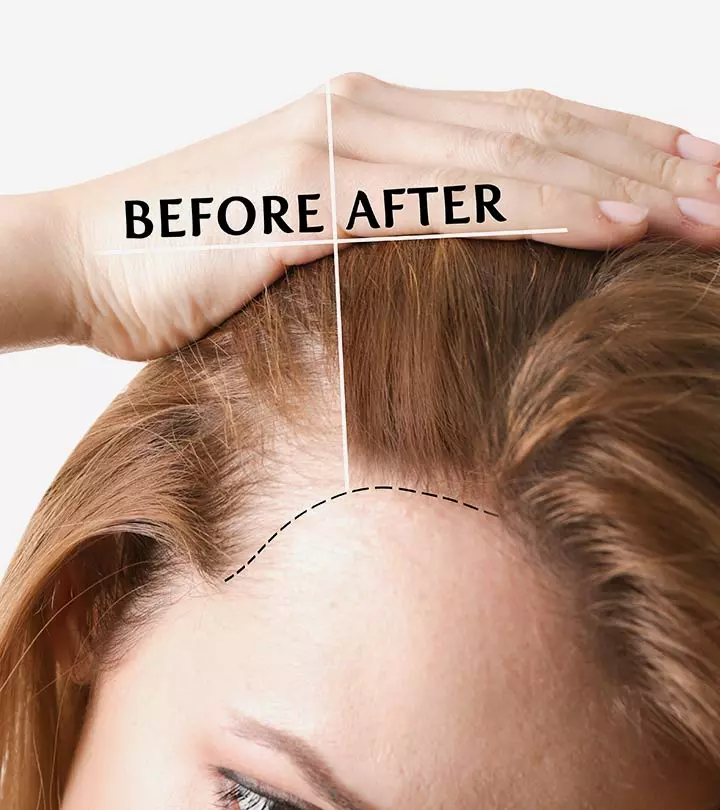
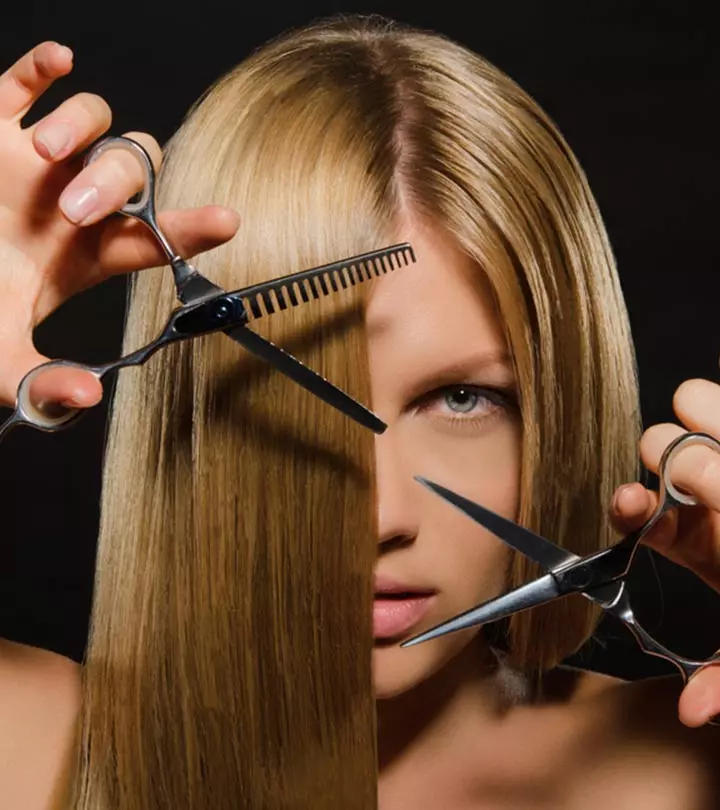
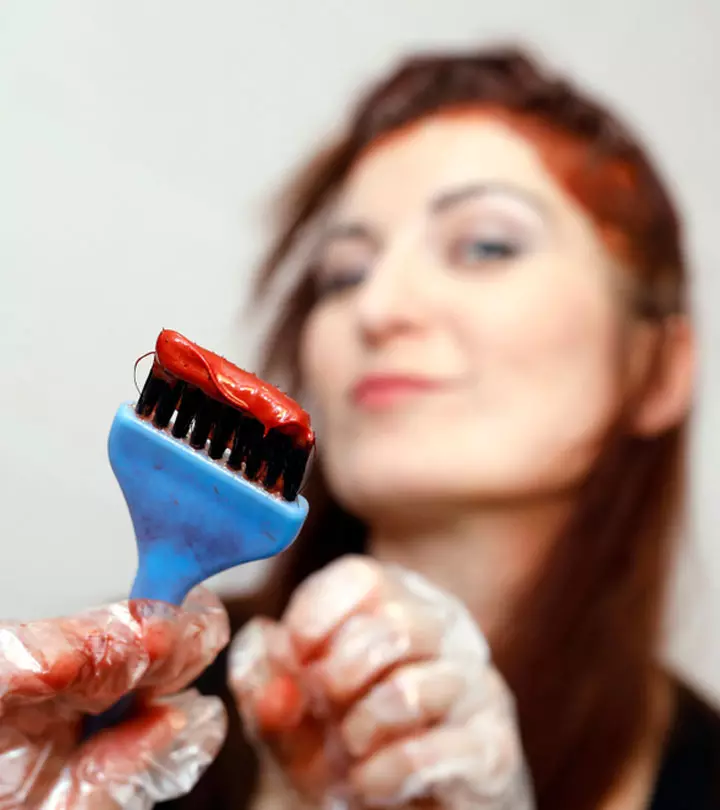



Community Experiences
Join the conversation and become a part of our empowering community! Share your stories, experiences, and insights to connect with other beauty, lifestyle, and health enthusiasts.